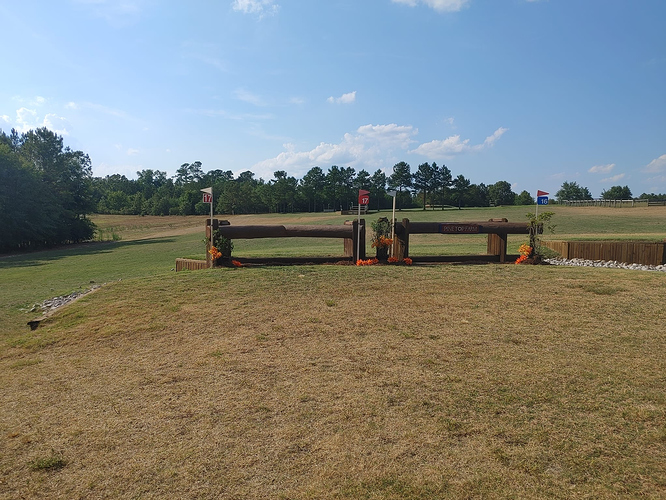The article: https://practicalhorsemanmag.com/training/eventing/10-fence-types-at-increased-odds-of-a-fall-for-horse-and-rider/
Excerpt:
The study team, at the Universities of Glasgow, Bristol, and Nottingham Trent, analysed data from over 200,000 fences in about 6,500 competitions over an 11-year period, and, overall, found thirteen factors related to competition, fence, and course design that meant falls were more likely to occur.
According to the study, “Fences with an approach downhill, with landing into water, frangible devices, and later elements of combined obstacles were associated with increased risk of falls occurring.”
The study:
https://beva.onlinelibrary.wiley.com/doi/10.1111/evj.13863
Looking at the study:
Increased:
Fences Later In The Course
Combination Fences (2nd fence highest increased odds)
Downhill Fences
Level Fences with Downhill Landing
Fences Associated With Water * one of higher increased odds
Fences Landing In Water * one of the highest increased odds
Frangible Fences
Fences with Ditches in Front
Decreased:
Fences with Uphill Landing
Optional Route Fences
Portable Fences
Excerpt [sic]
When compared to corners with solid wall and top, corners with ‘post and rail’ walls and solid top, brush with ditch in front, trakehner with cross rails on top were at least twice as likely to be associated with a fall
Excerpt:
Several of the results of this study are consistent with those reported in earlier studies. Associations between increased likelihood of falls and (i) fences later in the course, (ii) elements (in particular mid and final elements) of combined fences, and (iii) certain fence types were reported by Singer et al.

